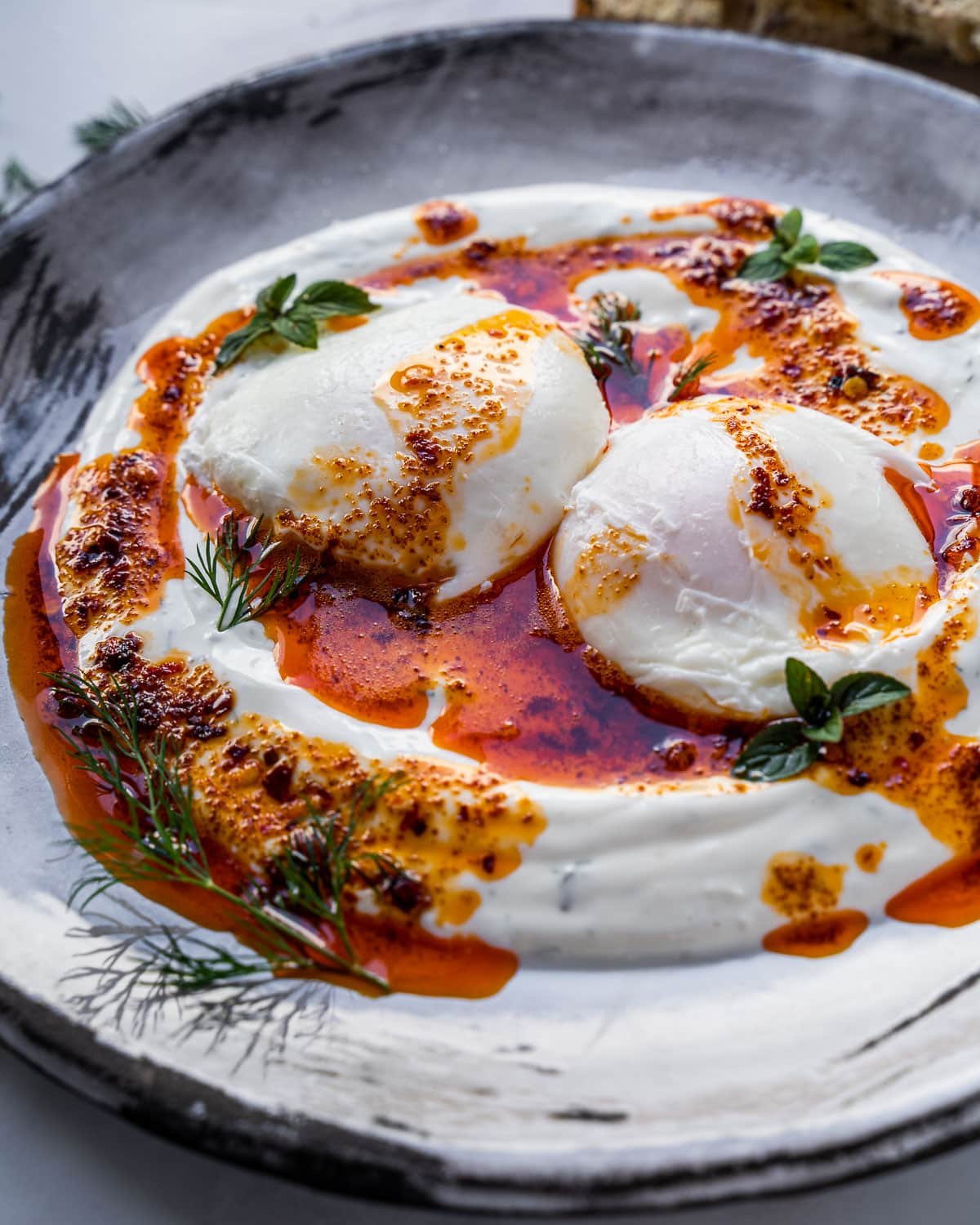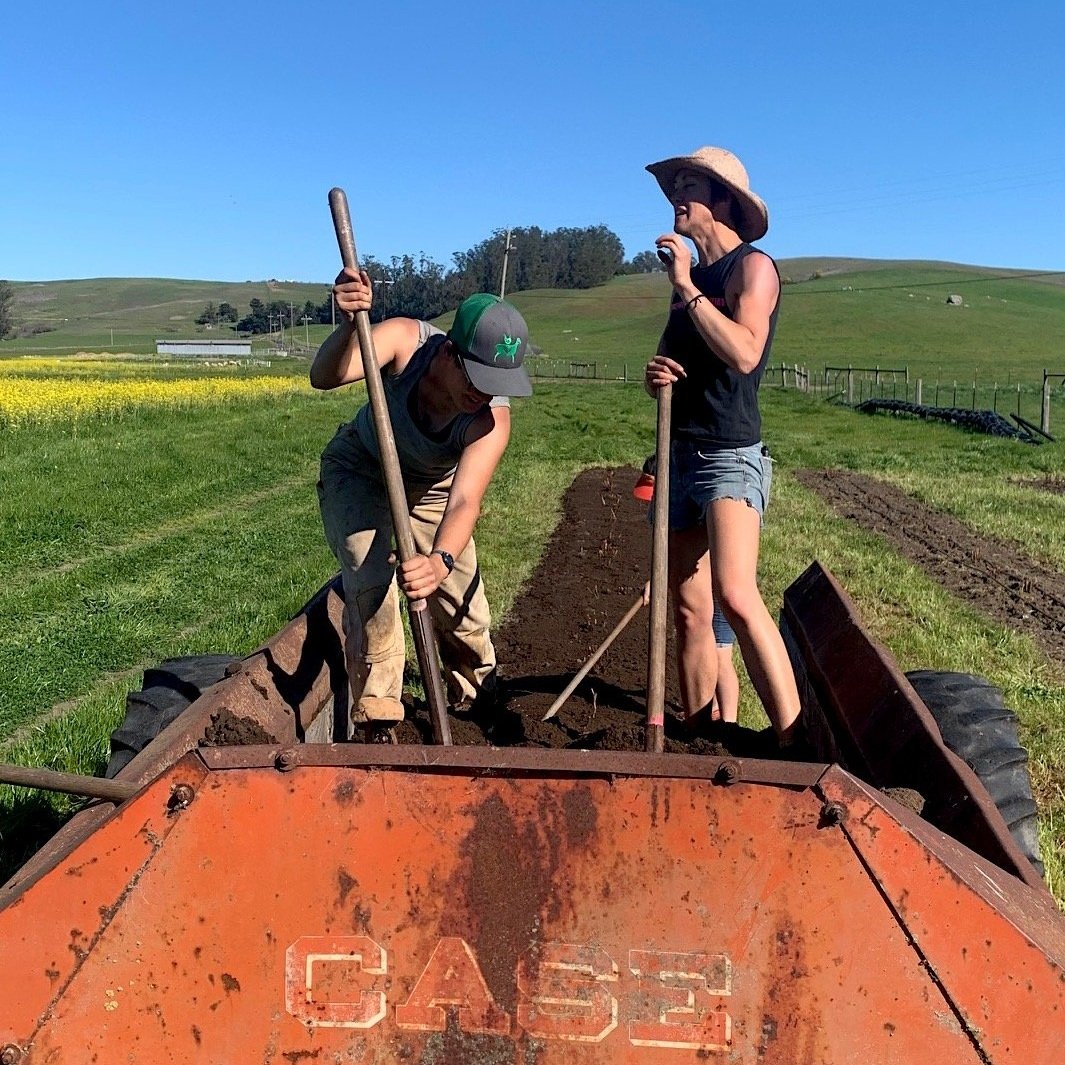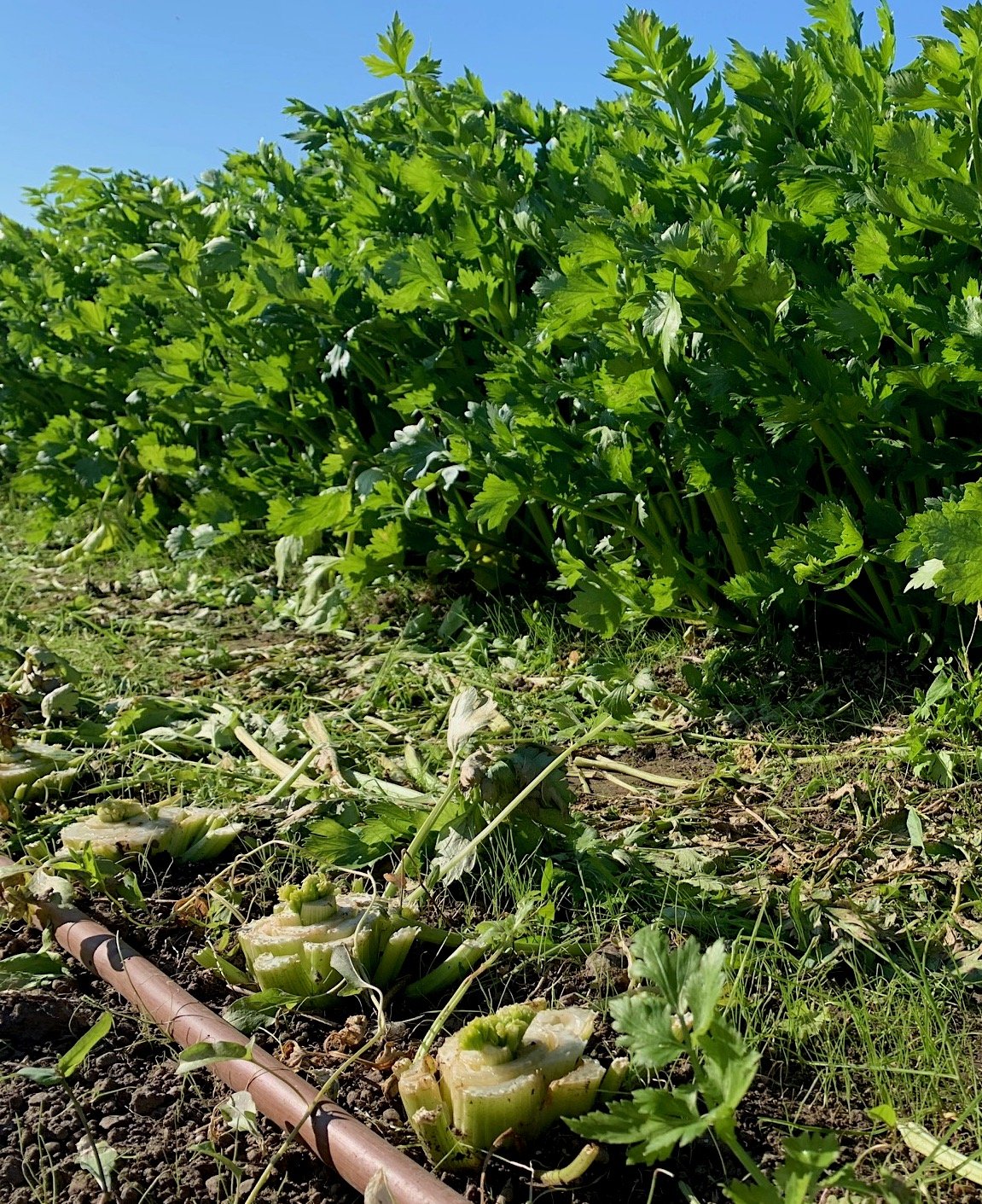By Anna
Last weekend I sat up by the oak tree and looked down at the farm. I saw the houses and the newly spaded fields and the cows grazing. And I saw my path, the disturbed grass I left in my wake walking up the hill I sat on. I then noticed more of them - the path the stream takes rolling down pasture hills, the path we farmers have worn in front of the hoop houses, the path the mower made in one of the fields. It got me thinking about the concept of paths, both in a literal sense, and as a metaphor for how we all move through life. There are many paths I travel every day - the road, the gravel walkway by the barn, the wood floor between my bed and the kitchen for a cup of tea each morning. The moon follows a path across the sky as do the sun and stars. All sorts of birds fly on invisible paths, dips and currents in the air, surfing on the wind. Muddy paw prints mark the roads and deer tracks in the soft soil. We are all moving and wandering and searching and colliding and existing alongside a million traces of a million choices by a million different elements of the universe. I am just one teeny path in this great cobweb. And all I can do is continue to choose the path that whispers in my ear, the one that feels good to my feet and in my chest. I believe that is what we are all tasked to do!
“We are born to wander through a chaos field. And yet we do not become hopelessly lost, because each walker who comes before us leaves behind a trace for us to follow.”
― Robert Moor, from his book On Trails: An Exploration
Pick List: (This return to winter weather is bringing much needed rain and it is slowing the growth of everything! All the plants need more time to grow thus there is a limited harvest this week.)
Eggs
Takrima Leeks
Green garlic
Cortland Yellow and Monastrell Red Onions
Pie Pita Pumpkins
Rhonda Beets
Hablange Parsnips
Purple Top Turnips
Watermelon and Purple Daikon Radish
Ruby King Red, Primo, and Deadon Cabbage
Dazzling Blue Kale
Parade Scallions
Preludio Fennel
Tea Blends and Ground and Whole Chiles (Please bring your own containers!)
Sonora wheat flour and wheat berries
Saltonstall Olive Oil (Please bring your own jars!)
Starts available in the shade tunnel (Please only take starts from area in between the two signs!)
Vegetable Fritters
~4 cups grated vegetables (I like potato, parsnip, carrot, cauliflower, sweet potato, squash, cabbage, turnip, beet - almost anything goes!)
1/2 cup flour
3 eggs, beaten
salt and pepper to taste, as well as any other spices that speak to you
oil for frying
yogurt, sour cream, cheese, scallions, cilantro, parsley, etc. for topping
1. Heat oil in a pan until shimmering, the oil should be at least an inch deep
2. Combine all other ingredients by hand in a large mixing bowl
3. Shape fritter patties and add more flour or vegetables or egg if needed - feel it out! The patties should be thin, around a half inch if possible.
4. Carefully place fritters in the pan and fry, flipping when golden brown
5. Top with yogurt and scallions (or whatever you would like) and enjoy!
























































